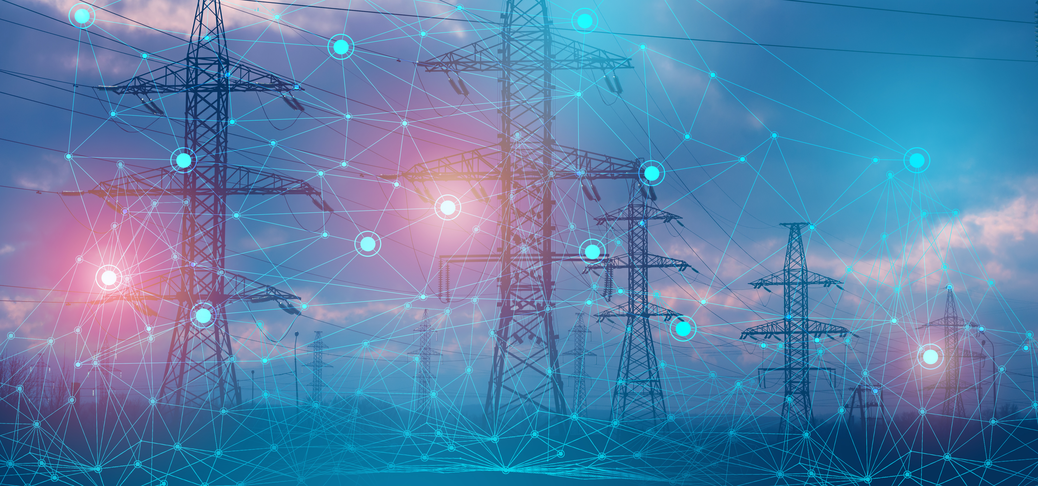Navigating data center energy constraints: Considerations for on-site prime power
- By Patrick Donovan
- 24 Oct 2025
- 4 min read
In some regions specifically across the US, and round the world, new data center grid connections now face delays of up to 10 years.
As aging electrical grids collide with explosive demand for electricity and the transition to intermittent renewable sources, "time to power" – the time required to get a new data center connected to the grid – has emerged as the critical constraint shaping where and how data centers can operate. Policymakers are now scrutinizing these issues as matters of economic competitiveness and energy security, raising the stakes even more.
For executives overseeing the development of digital infrastructure, energy planning has become a core strategic pillar that determines competitive advantage, operational resilience, and growth potential. This is a structural shift in how we must think about infrastructure development.
The challenges around surging demand, aging infrastructure and integration of renewables are further exacerbated by decades of underinvestment that has left transmission infrastructure ill-equipped to meet this moment.
These constraints present real challenges for data center operations:
- Interconnection queues stretching beyond a decade in key markets
- Increased grid instability and outage risks
- Risk of exposure to mandatory curtailment
- Escalating energy costs with less predictable pricing
When planning new data center builds in energy-constrained regions, executives face five strategic choices, each with distinct trade-offs:
Relocate to unconstrained regions
The obvious solution, but often incompatible with latency requirements and existing infrastructure investments.
Wait for grid connection
Preserves site selection but risks significant project delays and timeline uncertainty.
Accelerate through load flexibility
Offering curtailable loads can expedite approvals while generating revenue through demand response programs and minimizing energy costs through grid services and tariff arbitration.
Co-locate with existing generation
Direct connection to power plants simplifies grid studies but introduces complex regulatory challenges.
Deploy on-site prime power
If supported in the region, this may provide a faster path to get up and running while providing long-term control, though it does require significant capital or contractual commitments.
The optimal path depends on evaluating these options against fundamental site selection criteria, including:
- Time-to-marketcovering interconnection timeline and feasibility
- Total cost structureincluding cost to buy/build or lease and energy costs tariff structures and reliability
- Network connectivity costsincluding performance and latency
- Resource availabilitythat covers labor availability and costs and water and fuel resources
- Sustainability goalsrisk factors like severe weather, security and geopolitical stability
- Regulatory environmentincluding permitting processes
Site selection criteria and sustainability goals help narrow the choices for on-site prime power technologies in data centers, but understanding the performance of each option is essential.
Prime power refers to on-site generation serving as the main electricity source, requiring continuous operation and the ability to manage fluctuating loads, unlike standby power, which only activates during outages. Because data centers demand high redundancy, resiliency, and scalability, prime power plants must incorporate multiple generators, redundant distribution paths, continuous fuel supplies with backup storage, robust UPS systems, and space for expansion.
Common technologies for on-site compared in our full include reciprocating engines (natural gas and hydrogen), gas turbines (natural gas and hydrogen), solid-oxide fuel cells, and geothermal. We also address key evaluation factors such as capital expenditure (CAPEX), operational expenditure (OPEX), levelized cost of energy (LCOE), space needs, and environmental impacts like carbon and pollutants). In addition, we warn that actual costs vary by project specifics, market conditions, and policy incentives.
Number 1
Ownership vs. Outsourcing
Number 2
Site selection complexity
Number 3
Sustainability pathways
For data center infrastructure and technology executives, the path forward must include energy as a core priority in strategic planning, including steps such as:
Assess regional grid constraints across your operational footprint to identify vulnerability points and opportunity zones
Identify strategic sites where on-site generation provides competitive advantages beyond simple power availability
Partner with expertise to navigate complex regulatory landscapes and optimize technology selection
Treat energy as a platform for business capabilities, not merely a utility input
As grid constraints reshape the global data center landscape, on-site prime power can be a strategic enabler for business continuity and future growth. The question for executive teams is how quickly they can adapt their infrastructure strategies to this new reality.
Ultimately, the right prime power strategy will depend on a balance of cost, location, time-to-market, sustainability priorities, and business objectives. For data center developers and operators, the time to rethink their expansion and energy strategy is now.
For a full look into navigating data center energy constraints and evaluating on-site prime power options, explore the full report.

Latest in AI & Technology
A cybersecurity blueprint: Securing critical infrastructure through zones of influence
Bridging data and AI for success: Why it matters for businesses
Transforming data center services: AI-driven condition-based maintenance
The looming power crunch: Solutions for data center expansion in an energy-constrained world


